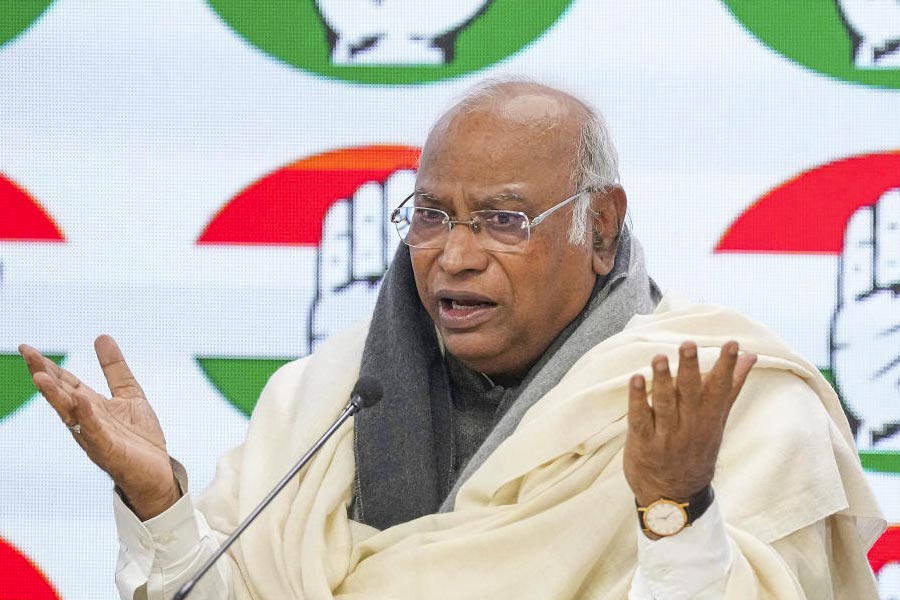India will launch its second unmanned Moon mission, Chandrayaan-2, on July 15 and for the first time land a spacecraft intact on the lunar surface, the country’s space agency said on Wednesday.
A Geo-synchronous Satellite Launch Vehicle Mark III will lift off with a 3.8-tonne satellite — made up of a moon orbiter, lander and a rover — from Sriharikota, Andhra Pradesh, at 2.51am on July 15, the Indian Space Research Organisation (Isro) said.
The moon landing is expected on September 6 or 7, Isro chairperson K. Sivan told a news conference here.
Sivan said the landing would take place at a lunar latitude of 70 degrees south, making the Rs 978-crore Chandrayaan-2 “the southernmost” of all Moon missions yet.
He said the 2.37-tonne orbiter will orbit the Moon about 100km from its surface, a 1.47-tonne lander named Vikram will soft-land near the Moon’s south pole, and a 27kg rover named Pragyan will conduct experiments on the lunar surface.
While Isro is confident about the launch sequence, having mastered the technique with several launches every year, Sivan said the landing would be a new experience because the agency had never before landed any rover on the Moon or Mars.
Chandrayaan-1 had crash-landed a box called the Moon Impact Probe, crammed with instruments, in a suicide dive onto the lunar surface on November 14, 2008.
“The landing is going to be the most terrifying manoeuvre for all of us,” Sivan said.
After various manoeuvres through the satellite’s journey to the Moon orbit, the onboard computer systems will place the spacecraft on a circular orbit.
“D-Day will start when the lander separates from the orbiter about 30km from the surface of the moon,” Sivan said.
The rover will be placed in the belly of the lander, which will do a soft-landing at the prescribed time.
The process of landing from the 30km orbit will take just 15 minutes, after which the lander’s doors will open to allow the rover to roll out onto the surface of the Moon — a sequence that will take four hours. The rover will move at a speed of 1cm per minute and will stay within 500 metres of the lander.
Sivan said: “The lander and the rover will carry out experiments to try and find water on the lunar surface and map for chemicals and topography for one lunar day (equal to 14 Earth days in duration).”
The communication delay with the Earth stations monitoring the mission will be just two seconds, against the 12 minutes it took to communicate with the Mars Orbiter Mission, or Mangalyaan, that Isro had launched in November 2013.
Sivan said the Moon’s south pole has been chosen for the landing on the basis of “convenience and science”.
“The convenience factors are an abundance of solar energy (to run the systems onboard the lander and the rover), good visibility and (there not being) much of boulders or craters,” he said.
Craters and boulders can be risky for the lander, which can topple over if it lands on slopes steeper than 12 degrees. The science behind choosing the Moon’s south pole is its richness in minerals, which increases the chances of new discoveries.
Chandrayaan-2 will carry 13 scientific instruments, including an instrument from US space agency Nasa that will carry out laser ranging to measure the Moon’s distance from Earth.
While the mission is indigenous, Sivan said Isro would be paying Nasa to use its Deep Space Network for guidance and navigation.










